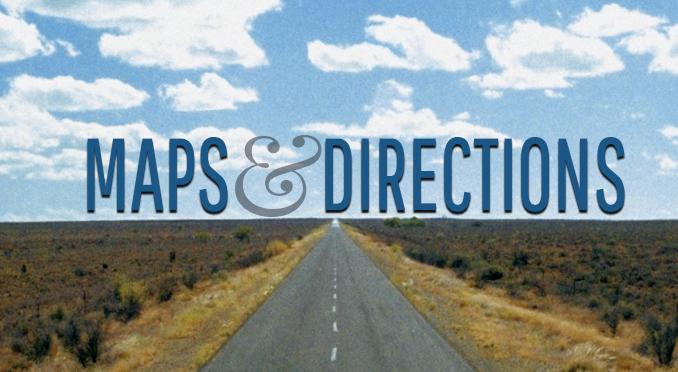Visiting the Cemetery
Although a person can visit the cemetery any time after the stone is erected, there are special days for visiting the grave:
- On the seventh day, after shiva
- On the shloshim, the 30th day of mourning
- On the completion of the first 12 months of mourning
- On the yahrtzeit, the anniversary of the death, every year
- The day before Rosh Hashanah
- The day before Yom Kippur
Why these days? These are naturally reflective times when a person is focused on what is really important in life. Visiting the grave of a loved one opens us up and makes us realize that we need help in many aspects of life. We pray to God at these times and ask our loved one to be an advocate on our behalf.
The Jewish custom is not to bring flowers to the graves, but instead to place a simple stone on the gravestone itself. Rather than spend money on flowers – which do nothing for a loved one – it is better to give money in the person's memory to tzedakah, which helps to elevate the person's soul.
We place a small stone upon the gravestone as a sign that we were there – not so the person who passed away will know, for their soul already has awareness. But so that we will know. We, who are physical, need physical acts to express the reality that we are indeed there. The stone is the "calling card" of the visitor. Flowers die, but the small, simple stone, a symbol of eternity, represents our eternal devotion to upholding the memory of our beloved. Our connection lives on and will never die.
We give honor to the body with a proper funeral, only as recognition that the body had sanctity because it housed and served the soul.




